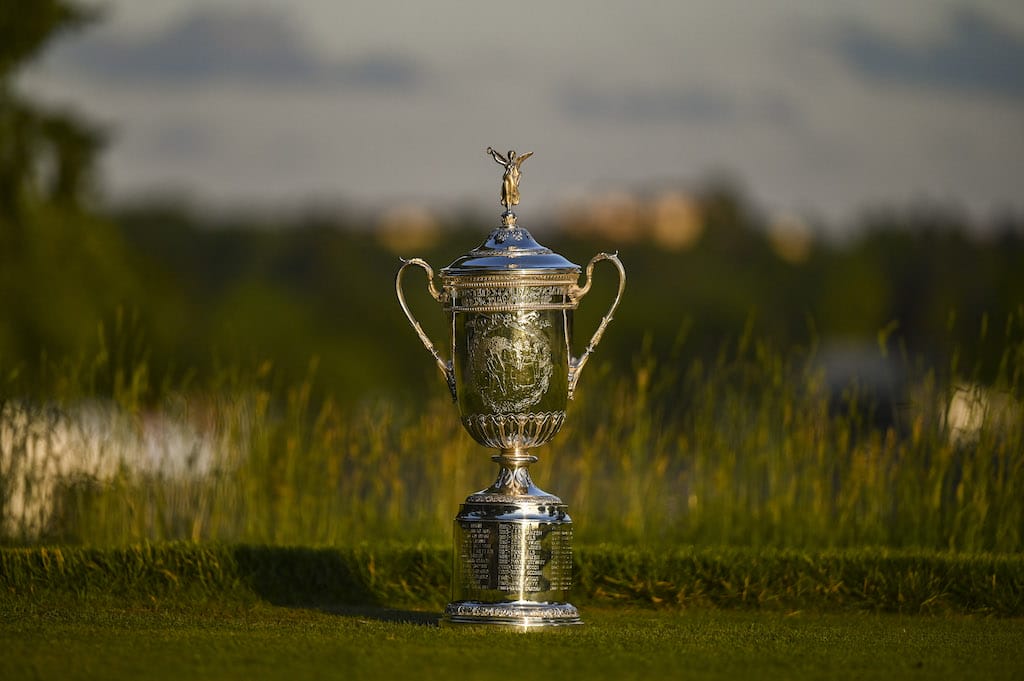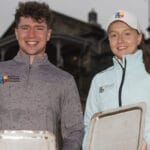The Country Club at Brookline in Massachusetts is one of the most historic and iconic major championship venues in the USA and yet, the 2022 US Open will be only the fourth time that it has hosted what is generally regarded as the premier golf tournament and hardest to win major championship of them all.
The Country Club holds an important place in golf history, as one of the oldest in the country as well as being one of the five charter clubs that founded the Unites States Golf Association in 1894. Although the club has 1300 members, it is known for its exclusivity, which probably explains why it opens its doors so seldom.
The three US Opens held at Brookline to date were so full of incident and hard graft that it took decades for the USGA to recover and catch its collective breath after each one of them before they could arrange to stage another there. In each case, 72-holes was insufficient to decide the winner and that person could justifiably be called one of the all-time greats of the game; not confined to being an outstanding personality in his own era.
Before 1913, golf was an unheralded minority sport in the USA – it barely received any recognition, let alone headlines, in the sports pages of the national press. The two major championships (The Open and US Open) were dominated by English and Scottish golfers. Harry Vardon (born in the Channel Isles) was the king of them. No self-respecting American editor cared much for publicising his countrymen being ‘whipped by Limeys’.
Harry Vardon had entered again in 1913 in an attempt to add to his earlier victory in the US Open in 1900 (along with his five Open Championship victories to date with a sixth to come in 1914 – a record that remains unbroken to this day).
His friend, Ted Ray (the reigning Open Champion from 1912 and a future US Open winner in 1920) accompanied Harry across the Atlantic Ocean both feeling confident that one of them would return home with the trophy. It wasn’t to be.
An unknown amateur and local caddy, who was barely twenty years old, Francis Ouimet entered the tournament at the last moment when he was assured he would get to play instead of carrying somebody else’s bag around a course he knew intimately (he lived only a block away) and learned to play the game there.
Ouimet shocked the world of golf and himself by creating headlines in every newspaper in America when he defeated Vardon and Ray in a long, drawn out playoff that is the subject of a brilliantly told story by Mark Frost in his book, The Greatest Game Ever Played – The Birth of Modern Golf.
I won’t spoil it for you by writing anymore about the 1913 US Open – Frost’s book tells it all and more besides. Suffice to say there is drama on every page. Ouimet never became a professional golfer and many years later was voted in as the first non-Briton to be elected Captain of the Royal and Ancient Golf Club of St Andrews in 1951.
It took fifty long years before the US Open returned to Brookline in 1963 when Julius Boros defeated Arnold Palmer and Jackie Cupit in another playoff to win his second title (his first was in 1952). The 43-years old Boros was the second-oldest winner in US Open history, only one month younger than the aforementioned Ted Ray.
For Palmer, it was the second consecutive year he lost in a playoff. High winds had made scoring difficult throughout the entire week, especially on Saturday during the final two rounds, when gusts approached 50 mph. The winning score of 293 (+9) remains the highest in post-World War II US Open history. The defending champion, Jack Nicklaus, missed the cut by a stroke and it was 22-years before he missed another in the US Open.
Twenty-five years later, 1988, saw yet another playoff between two of the doughiest and determined golfers of their era: Curtis Strange and Nick Faldo. Strange topped the money list in 1985, 1987, and 1988, when he became the first to win a million dollars in official money in a season. His two major wins were consecutive US Opens in 1988 and 1989. How rare that achievement actually is may be gleaned when you consider that since 1950: Ben Hogan and Curtis Strange are the only ones to have done it.
Faldo never won a US Open and 1988 was as close as he would come to it without winning. In ‘real time on the 72nd hole’ Strange’s scrambling ability got him out of jail in a greenside bunker to score the par he needed to tie with Faldo and it set up the playoff confrontation, which he won by four strokes.
Of course, The Country Club has also hosted an infamous Ryder Cup Match in 1999 when Team USA fans raucously heckled and abused European players. Allegations were also made regarding cheating on the part of course marshals. Notoriously, the U.S. team invaded and trampled on the 17th green after Justin Leonard had holed an outrageously long putt in the most fraught of circumstances before Jose Maria Olazábal could attempt his (much) shorter putt to keep the match and final outcome still in the balance. It remains in my mind as one of the most distasteful, unsporting incidents I have ever witnessed in golf.























Leave a comment